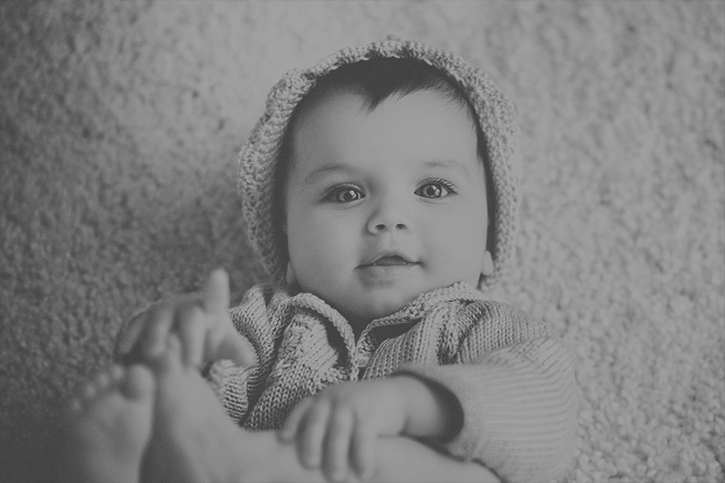It’s a question that many expecting mothers might wonder from time to time. “Will my baby have its father’s nose? Its mother’s eyes? What will my baby look like?” The truth is, there isn’t any real way of predicting what your baby will look like, but genetically speaking there are a few assumptions that can be made that might give you a bit of an idea.

“What will my baby look like?” It’s a question that a lot of expecting mothers ask themselves. Though there’s no real way to tell for sure, let’s take a look at a few clues that may give you a bit of an idea.
Hair
Hair that is darker and curlier is more dominant than hair that is straighter and lighter. If you have straighter lighter hair but your partner has dark curly hair, you can probably expect your baby’s hair to be closer to your partners. Even still, hair type and colour lie on a spectrum and there are numerous genes that are involved that can still vary the outcome. Here’s an example, if both parents have dark hair, but also both have a recessive gene for light hair, there’s a chance the baby will be blonde. Red hair is one of the few traits that is controlled by a single gene. It causes the production pheomelanin which also is responsible for lighter skin and freckles.
Eye Colour
Eye colour works a bit like hair colour in that there are multiple genes that affect inheritance. Human eye colour runs on a spectrum from brown, hazel to green and blue. Brown, like dark hair, is usually dominant over a lighter colour, but just like light hair, a pairing of recessive genes could mean your baby has blue eyes.
Stature
Your baby’s stature is slightly more complicated than hair and eye colour, however, there is a definitive link, as I’m sure you’ve noticed, tall parents tend to have tall kids. There are over 100 different genes that determine height, and other factors, such as nutrition and exercise will determine how the genes end up playing out. However, there’s one way to make a rough estimate, if your baby is a girl, take 12cm off the father’s height and average that with yours. Similarly, if the baby is a boy, you can take 12cm off your height and average that with yours.
Teeth
Crooked and gaped teeth are a result of genetics as they are determined by the size and configuration of the jaw. Different characteristics can be inherited from mum and dad, so if you both have had issues, it might be time to start saving for orthodontics!
Other Traits
Cleft chins and dimples are both dominant traits, so if your partner or you have one, there’s a 50% chance your baby will develop one. However, for traits such as these, there may be what is called ‘variable expression’ meaning it may express to a certain extent.
If you have any questions about your baby’s development, or would like to book an appointment, please don’t hesitate to get in touch.
Dr Bevan Brown is one of the most trusted obstetricians in Sydney and will be thrilled to give you complete and compassionate care in every way possible.